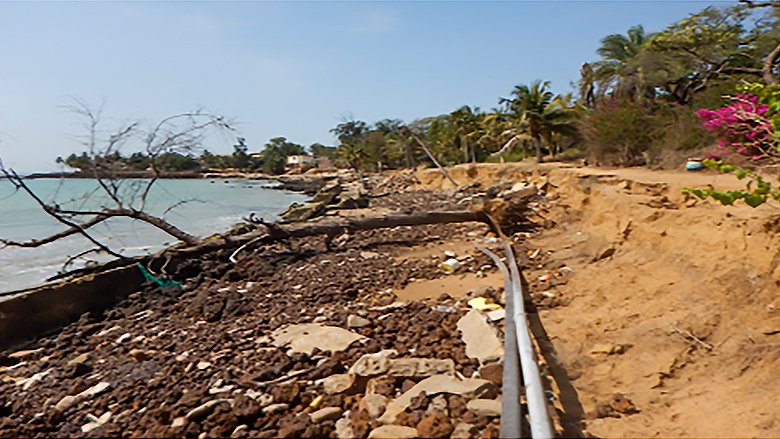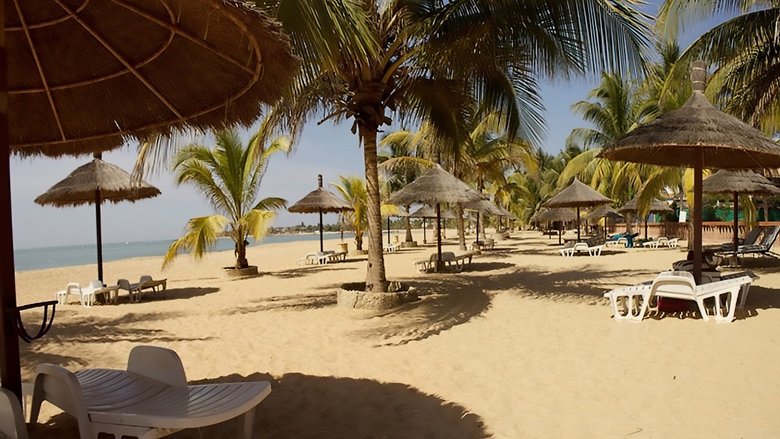The sun warms the golden sands as waves from the Atlantic Ocean roll in. Children shriek with joy as they swim or play games on the beach. And businesses thrive along and the beachfront from the hundreds of tourists who visit every day.
But it wasn’t always like this for the coastal town of Saly in Senegal. Located about 2 hours driving distance south of the capital of Dakar, Saly’s fortunes as a premier tourist destination suffered as a result of severe beach erosion due to climate change, coupled with the Ebola threat a few years ago and fears of terrorism, leaving this once-bustling beach town in near crisis. Several hotels were forced to close, while others struggled to attract clients. “I saw the beach disappear a little every year. When the (restoration) work started, there was no beach at all,” said Norbert Telisson, Director of the beachfront Neptune Hotel.
With the help of the World Bank, the Government of Senegal is reviving tourism as a priority sector to drive economic growth and contribute to job creation, especially for youth, women, and less skilled workers. One initiative is the Senegal Tourism and Enterprise Development Project, a 5-year, $74 million project financed by the International Development Association (IDA), the World Bank’s fund for assisting the world’s poorest countries. Tourism is one of the most promising sectors for future growth and job creation in Senegal, as recognized in the new national development strategy, Plan Senegal Emergent (PSE). And reversing beach erosion in Saly was critical to revitalizing the tourism sector.
From erosion to restoration
The project helped regain 325,000 sq metres of beach, more than 12 times the initial target of restoring 25,000 sq metres of beach along the coast of Saly. The beach restoration and coastal protection work included the construction of 19 groins and breakwaters to stabilize a 7 km stretch of beach against erosion, combined with sand dredging/recharging to regain beach surface area that was already lost.
The project has also benefitted fishing communities near Saly. Beach protection and restoration work was extended to include two fishing villages, enabling fishermen to once again dock their boats at their villages instead of in the neighboring town of Mbour, over 5 kms away. The project also built structures for fish drying and sale, work largely done by women, as well as equipment storage, and provided cold storage facilities for fresh fish. Along the beach at the two villages, trees were planted, and solar lighting installed. A system of waste management on the restored beaches was also put in place, 10 hectares of mangrove forest were planted at Joal-Fadiouth, and 200 underwater reefs were installed to prevent erosion due to the removal of offshore sand.
The beach protection and restoration work is a prime example of climate resilient infrastructure in coastal and marine tourism. It was the first-of-its-kind coastal protection integrated solution in western Africa, built to withstand extreme weather events without needing major infrastructure maintenance cost for another 20-30 years. The success of the project is already proving to be a model for other coastal areas facing similar challenges in Senegal and beyond. The project design has been replicated in The Gambia, where the Tourism Diversification and Resilience Project, currently underway, aims to revitalize the tourism sector in a country highly dependent on sun-and-sand tourism but extremely vulnerable to sea level rise.


